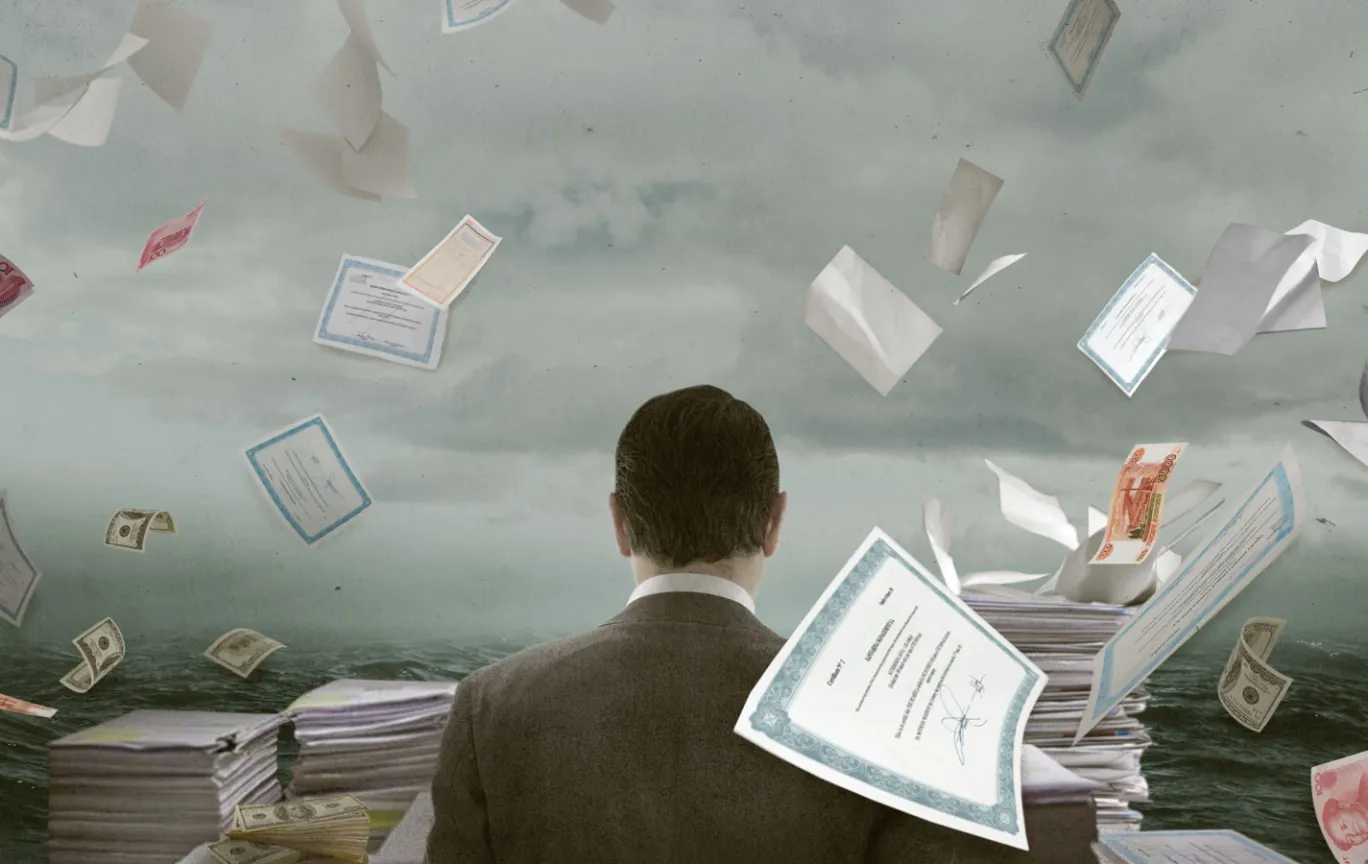
Will Fitzgibbon on working with a team of 380 journalists from more than 80 countries sifting through 11.5 million leaked documents from a firm in Panama that detailed financial records of the famous and wealthy, including three Prime Ministers and a host of Hollywood celebrities.
“Large-scale, hard-hitting and sensitive investigations always take longer than you think.”
What were the major findings of your story?
A giant leak of more than 11.5 million financial and legal records exposes a system that enables crime, corruption and wrongdoing, hidden by secretive offshore companies.
What impact did your story have?
Protesters hit the streets, politicians resigned or were charged with crimes and dismissed, police raided offices and officials launched investigations in more than 82 countries.
Did you receive any funding to do this story?
No.
How did the story start and how did your team decide on the first steps to take in working on this story?
The Panama Papers investigation was based on 11.5 million documents (emails, bank statements, passport photos and more) from Mossack Fonseca. Two journalists at Süddeutsche Zeitung, Bastian Obermayer and Frederik Obermaier (no relation) obtained the documents and shared them with ICIJ, who assembled a team of some of the world’s best investigative reporters.
How long did it take to report, write and edit this story?
ICIJ worked with a team of 380 journalists from more than 80 countries. The investigation took 12 months to complete, including researching, writing, shoe-leather reporting.
What challenges did your team face while working with sources?
The first challenge was understanding complex financial and tax documents. Journalists spent months developing reliable, discreet sources who could help us interpret leaked files. The second challenge was the risk of leaking the leak. Journalists prioritized encrypted emails, Signal and ICIJ’s bespoke communication platform, I-Hub.
What resources and tools did your team find useful? How did you organize your data and documents?
The Panama Papers files offered a unique set of challenges. The overall size of the data (2.6 terabytes, 11.5 million files), the variety of file types (from spreadsheets, emails and PDFs to obscure and old formats no longer in use), and the logistics of making it all securely searchable for hundreds of journalists around the world are just a few of the hurdles faced over the course of the 12-month investigation.
What other challenges or barriers did your team face while working on the story or series, and how did you overcome these challenges?
Panama Papers was the largest collaboration of journalists in history. One major challenge was coordinating hundreds of reporters and ensuring no data or information leaked before publication. Given the nature of the high-profile people involved, journalists also faced threats, law suits and intimidation from officials, business leaders and criminals.
What advice would you give journalists working on similar investigations?
Large-scale, hard-hitting and sensitive investigations always take longer than you think.
Did your team face any pushback during or after the publication of this story? If so, how did you address this?
The Panama Papers was a well-kept secret during the reporting phase. When journalists, at an agreed time, began to contact subjects of our investigations, threats began around the world. This included threats of law suits and threats online. Given the threats, journalists paid extra attention to fact-checking and legal vetting of sensitive stories.
Did working on this story change your perspective as a journalist?
The power of true collaboration. The investigation had more impact, achieved more public attention and changes in laws than it would have if journalists had worked on their own.

